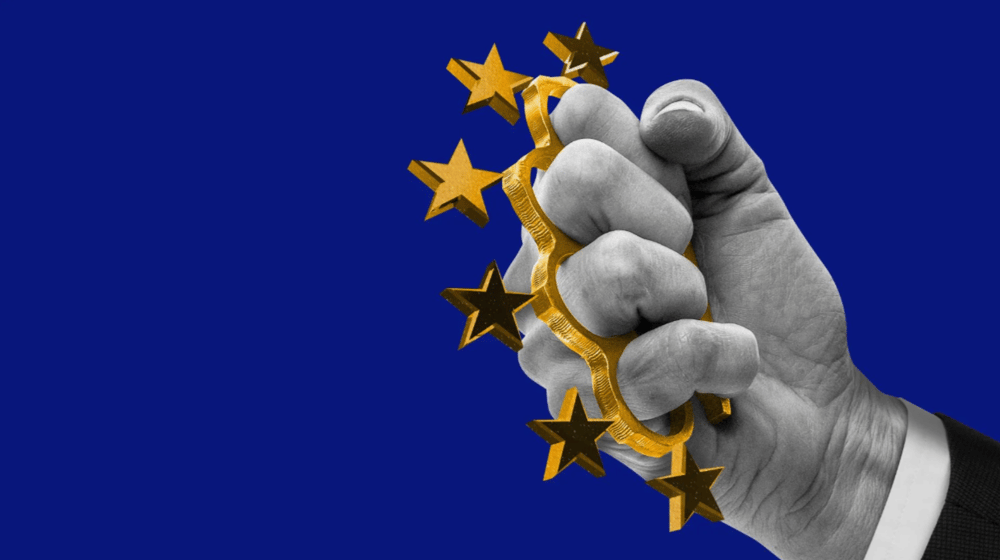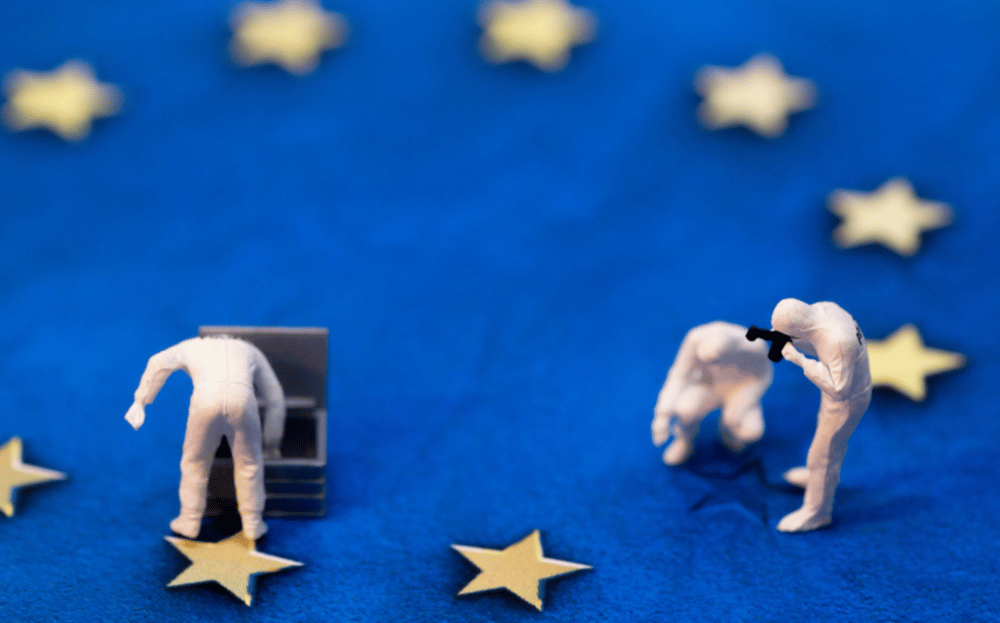

In a notable shift reflecting growing regulatory sensitivity, Microsoft Corp. $MSFT has reaffirmed its commitment to comply with European Union rules — regardless of disagreement — amid ongoing scrutiny over its market practices. This statement, conveyed by Chairman Brad Smith to the European Commission, underscores the tech giant’s efforts to align with a tightening regulatory landscape in Europe, particularly surrounding competition in the digital services space.
The European Commission welcomed the cooperative stance, with Vice President Teresa Ribera commending Microsoft’s acknowledgment of the EU’s legal framework. Her remarks come at a time when the Commission is increasingly focused on curbing digital monopolistic behavior, especially among dominant U.S. tech firms operating in the European Single Market.
This development also follows Microsoft's strategic decision to unbundle Teams, its collaboration and video conferencing tool, from the Office suite globally — a move it initially implemented in Europe in response to antitrust complaints filed by Slack, a subsidiary of Salesforce $CRM.
Microsoft's policy pivot demonstrates a pragmatic adaptation to the European Digital Markets Act (DMA), which seeks to foster fair competition and curb gatekeeping behavior among Big Tech players. The company’s separation of Teams from Office is a direct response to allegations that bundling stifled competition in the business communication market.
Slack’s complaint to the European Commission alleged that Microsoft was leveraging its dominant position in office productivity software to undercut rivals in adjacent markets by embedding Teams in enterprise subscription plans — a move Slack deemed anti-competitive.

Global unbundling of Teams and Office may mitigate future EU penalties and legal actions.
Commitment to regulatory compliance signals an effort to preserve Microsoft’s reputation and market access in Europe.
Potential influence on other tech firms that bundle services, setting a precedent for platform neutrality in software offerings.
Strategic risk management amid ongoing antitrust scrutiny, particularly as the DMA gains enforcement power.
Improved dialogue with EU policymakers, helping to smooth operational relations and reduce regulatory friction.
Microsoft’s case sits at the intersection of competition law, digital platform economics, and global regulatory convergence. As European institutions solidify their enforcement tools — including the DMA and Digital Services Act (DSA) — tech companies are reevaluating their bundling strategies and competitive positioning.
The EU's focus has been consistent: preventing unfair leverage of market dominance to stifle innovation or limit consumer choice. Microsoft's proactive response could be viewed as both damage control and an attempt to stay ahead of a regulatory curve that is increasingly assertive.

Regulatory compliance is now a strategic imperative, especially for tech firms operating across multiple jurisdictions.
Bundling tactics face heightened scrutiny, particularly when they involve dominant platforms.
Cross-border policy alignment is accelerating, compelling global tech firms to harmonize product offerings.
Market challengers like Slack have more leverage when backed by supportive regulatory frameworks.
Voluntary structural changes by incumbents may become a template to preempt deeper legal interventions.
Microsoft's latest move underscores the evolving power dynamics between regulators and global tech giants, as legislative tools like the DMA begin to reshape how digital products are developed, distributed, and sold. By embracing the European framework — even when it disagrees — Microsoft signals a shift toward constructive engagement, perhaps hoping to serve as a model of compliance at a time when many of its peers face mounting legal battles.
While the long-term impact of Teams’ unbundling remains to be seen in terms of user adoption and enterprise software dynamics, the company’s early adaptation to regulatory pressure may help it maintain goodwill and operational flexibility across the EU.
The current move has the potential to reshape the landscape of automation in technology